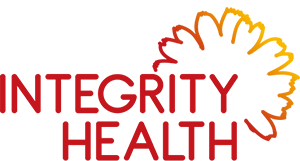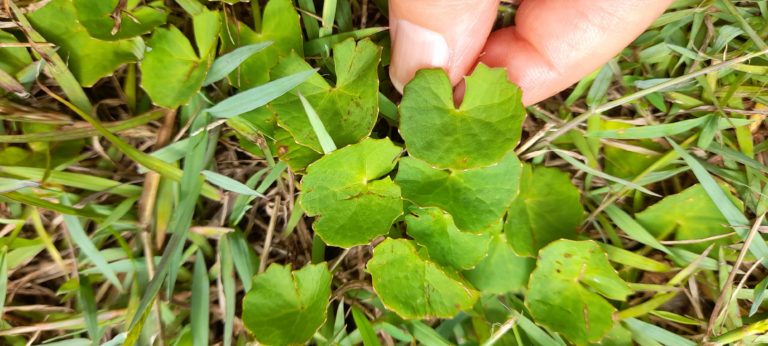First world country – third world Iodine levels
“Iodine is the single biggest nutrient deficiency in Australia” – Dr Mark Donehoe.
Dr Donehoe’s recent podcast highlights that up to 30% of the Australian population is at risk of iodine deficiency. That’s a surprisingly high figure for a developed country.
Australian endocrinologist Creswell Eastman is renowned for his work on IDD (Iodine Deficiency Disorder) in the developing world. He has been concerned for years that it could be an unrecognised problem here in Australia.
Not quite yourself?
If you’re not feeling “well in yourself”, struggling with unexplained depression and fatigue or having trouble losing weight, then you might be in that 30%. Yet surprisingly few Australian GPs are tuned in to low iodine levels.
Less obvious symptoms of iodine deficiency include low metabolic rate, high cholesterol, poor liver function and pre-diabetes insulin resistance and fluid retention.
IDD can also show up in children as trouble with school work.
Planning a pregnancy?
If you’re pregnant or planning on becoming pregnant, iodine shortage has more serious implications. Iodine is critical in brain and thyroid development in the developing foetus – not enough and your baby is at risk.
Women and iodine
For women, a lack of iodine is also implicated in ovarian cysts, polycystic ovarian syndrome and lumpy breasts and oestrogen excess.
Are you one of the unknowing 30%?
If you’re “not quite right”, then it could be a good investment in your health to get your iodine levels checked – even if you eat a lot of seafood.
A simple, non-invasive Urinary Iodine Test will set you back around $80 – but it could also solve your health mystery. If your overworked doctor is one of the uninformed, talk to your naturopath to arrange a test.





